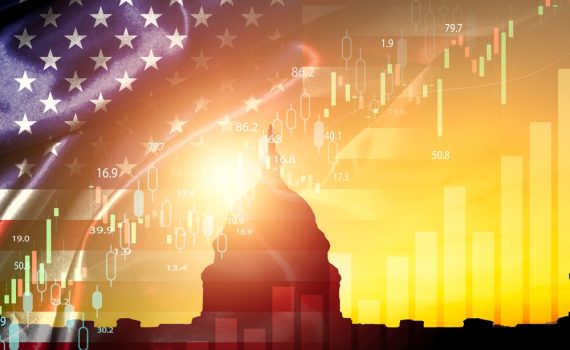Regardless of the broader debate, one thing does seem clear: if the Fed were truly on the verge of launching a new QE program — someone forgot to tell the three-month Treasury bill.
The ideas of equality and rights are undoubtedly noble. But what we really need is compassion. Without compassion we won’t meet the challenge of environmental and climate catastrophe either.
While the world is focused on the possibility of bringing the Russia-Ukraine war to an end, there are developments in other parts of the world that are also worth a mention.
Overall bullish holiday sentiment, positive news on a handful of AI-related megacap tech names, and continued investor optimism for the Fed to adjust rates at its next meeting powered the advances.
The fifth edition of LSEG’s Net Zero Atlas provides investors with a wealth of data and insights on transition and physical risks to which G20 countries are exposed.
With the delay of government statistics clouding the outlook for growth and consumer spending, Black Friday numbers will be a topic of conservation as we begin a new month.
The Fed is inching toward neutral territory but keeping its options open—because when you’re driving in the fog, you don’t hit the gas. A December cut “not a foregone conclusion,” was a statement that sent markets scrambling to recalibrate expectations.
With the government shutdown temporarily resolved, market attention has shifted to whether the Fed will cut rates at its December meeting amid growing division within the FOMC.
Even as AI continues to be the topic of conversation from board rooms to bored roommates, Interactive Advisors embodies that one quality AI will always struggle with - Trust.
The concept of “tokenization of everything” is accelerating as institutions and investors digitize a vast array of assets, from real estate to stocks. But from an investment point of view, does the fact that an asset is tokenized and made more accessible, make it more valuable?
The middle of this week saw a volatile trading session, with the S&P 500 finishing up about 40 basis points. And then there was Nvidia doing its usual song and dance with the beat-and-raise routine it trots out every quarter.
Stocks ended mixed after a nail-biting week for investors, who grew anxious over megacap tech valuations and interest rates as the government shutdown came to an end. It takes time to get a tanker ship up and running again after a full stop.















